
Manufacturers face a number of unique challenges when it comes to their websites. There are factors that typically make manufacturing websites different, such as B2B ecommerce, or dealer and distributor models. Manufacturing websites, perhaps more than sites in any other industry, serve as a critical piece of your buyer’s journey. No one is a better authority on a brand of products than the company that makes them.
The other factor that makes manufacturing websites unusual is that manufacturers often have multiple sites that combine different tech stacks. This is occasionally as a result of growth by acquisition. That, combined with multilingual requirements, can make managing these sorts of networks of websites particularly challenging.
This post, adapted from a recorded webinar presentation, outlines 21 tips for creating a high-performing manufacturing website.
Interface Design
1. Navigation and Wayfinding
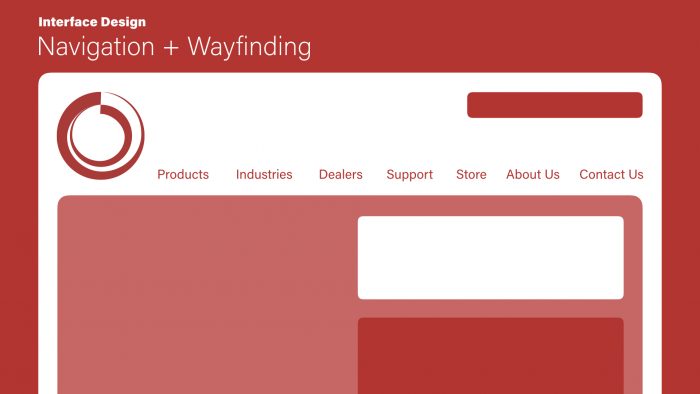
One of the things that can be very difficult to deal with, especially for larger manufacturers, is being able to categorize products by the name or category of that product as opposed to just something generic, such as “products” or “industries”.
The reason that you want to have navigation that utilizes a category name or a product or brand name is that that particular word or set of keywords has much more significance from a search engine optimization perspective. It’s much better for people to be able to quickly scan the site and see the kinds of things that they’re looking for rather than having to drill down multiple levels.
We know that Google places more importance on items that are further up the navigation tree, so whatever you can do to categorize things in ways that’s more product-oriented (as opposed to generic categories), the better off you’re going to be.
Another important element to consider is the total number of categories that you have in your main navigation. You’ll notice that on most sites, navigation menus don’t exceed more than six or seven items. The reason for this is after you’ve read more than seven things, you tend to forget what the first one was, and then you have to rescan. Basically, it slows people down. So whenever possible, try and keep the number of navigation items under seven. It’s actually part of the reason why North American phone numbers, for example, are only seven digits plus an area code. It’s easier to remember that way.
2. Loading Speed

Another component of interface design and general usability is the loading speed of the components on the page. We know from current research that even so much as a one-second delay can reduce conversion by 7%. Amazon has noted that the longer it takes a page to load, the less likely people are to make a purchase.
For international manufacturers, anything that you can do to increase load speed—such as using a CDN or caching network throughout the world so that your sites serve equally fast in Europe as they do in North America—can be incredibly important. Of course, the level of complexity of this kind of thing varies depending on the overall architecture of your site network, but it is something that you should consider.
3. Homepage Carousels
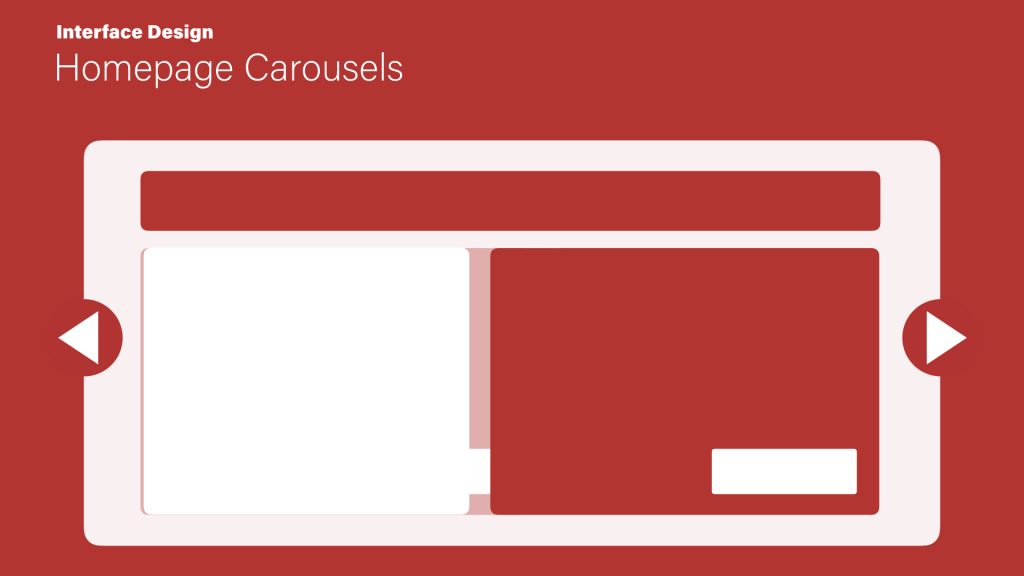
One of the things that we see frequently, not just with manufacturer websites but with companies in all industries, is the desire to have a homepage carousel slider at the top of the page above the fold that showcases a number of different categories of product. Usually someone in every department wants to have something visible above the fold.
In truthfulness, you need to curate this area. We have found through A/B testing and other types of usability tests that, generally speaking, only the first slide receives any actual conversion attention, and then people have moved on to the next thing. So whenever possible, try and avoid using carousels. They just don’t work. Instead, look at categorizing and utilizing the whole page.
That myth that people don’t scroll on the internet isn’t true. We know that everybody scrolls now, especially with touch devices. So categorizing, curating, and ensuring that you have a single call to action are critical for driving people towards the actions that you want them to take on your website.
4. Mobile Design

Of course, we’d be remiss if we didn’t talk about the importance of mobile. We know that the vast majority of our clients, globally and across all industries, see at least 30% of their site visits coming from mobile devices. That number has crested over 50%—in some cases, we’re seeing 57% of site visitors visiting on mobile. If you’re not optimizing your site for loading speed, for optimization of readability, and for utilization of things like ecommerce directly on a mobile device, you may be missing out on a significant portion of your market.
5. Web Accessibility

Website accessibility is something that not everybody thinks about at first blush. Oftentimes, having a very nuanced and interesting-looking website design can be problematic for people with low vision or other disabilities who are using assistive technologies. There are a series of guidelines called the Web Content Accessibility Guidelines (WCAG) that deal with things such as contrast. Simple changes like punching up the contrast so that it’s at least 30% between the foreground and background elements can make it much easier for visitors who may have low vision or another disability to access that content.
You also need to have alt tags that truly describe what is in a piece of rich media, such as a photo. Transcripts for videos are also very important. This isn’t simply a design consideration in order to accommodate people with disabilities, but a legal consideration. In the US, there have been numerous lawsuits brought against corporations that are not making their sites accessible to people. Anything you can do to avoid section 508 lawsuits is probably a good idea, and it’s good business anyway.
Content & Conversion
6. Multiple Languages & International Content
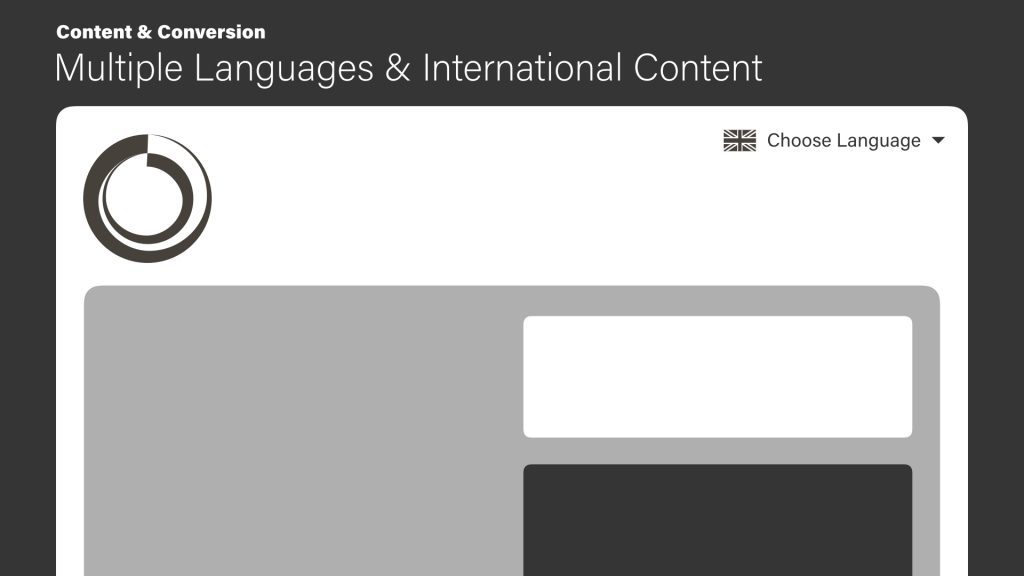
Many manufacturers that we’re working with have sites that are available in multiple languages. This generally creates a site architecture that is much more difficult to maintain. Translation can be expensive. Philosophically, the idea of having your complete site available in the language where your target demographic is actually purchasing from is essential—not only from a localized search perspective, but also just to help avoid user frustration.
For example, if you have a page for a product description that is in English and somebody lands there via search engine and then tries to switch to German, but that page isn’t available, you can imagine how frustrating that might be. When it comes down to consolidating sites with multiple languages, and often with multiple domain names in different areas of the world, our stance is that generally it’s better to try and bring those sites together into a single uniform site. Wherever possible, translate as much of that content as you can to ensure that it’s available to everybody who wants to access it.
7. Inbound Calls to Action
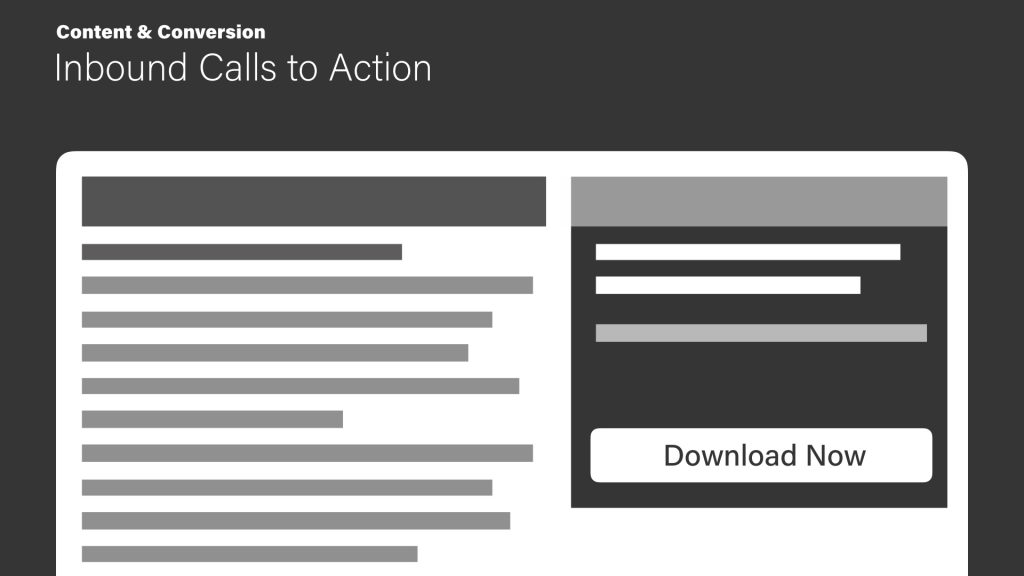
Of course, when you’re talking about content and conversion, one of the number one things that you can do in order to turn anonymous site visitors into people that you know and can market to is to offer inbound calls to action (CTAs) as high up on the page as possible. These should be designed around your buyer personas to ensure that you’re presenting content that addresses the concerns and questions that people have.
You can initially capture leads with just a name and email address, and then use progressive profiling as people move further down the funnel. It makes a ton of sense to have only one CTA available at any given time so that there’s a lot of clarity in terms of what you want the visitor to do next. Ideally, your CTA should stand out on the page and be aligned with the content of that page. So, if somebody is looking at a particular product of yours, you might have the buyer’s guide to that category of products available as a download that brings people into the top of your funnel and allows you to nurture and market to them until they’ve made a decision. Anything that you can do to help them out is going to be of a great value.
8. Smart Content

Smart content takes inbound CTAs to the next level, enabling you to present leads with contextual content and helping to move leads through the funnel. For example, the next time a top of funnel lead comes back to the site, instead of offering them the exact same piece of content they originally converted on, why not consider offering them a case study that is relevant to the product that they’re interested in?
As somebody moves through that funnel, you can utilize tools from marketing automation platforms, such as HubSpot and others, to offer completely different content within that call to action. As they move down to bottom of funnel, you might replace that case study with a contact form for sales or the ability to book a meeting with your sales team. Anything that you can do to contextualize the user’s experience is going to yield maximum benefit.
9. Dealer & Distributor Locator

Manufacturers are particularly interesting in terms of site architecture in that many manufacturers have dealer and distributor networks. Utilizing a dealer and distributor locator is one of the most powerful conversion assets that you can have—assisting visitors in finding the nearest or most relevant dealer is an essential way to move them into the funnel and get them into your universe.
One of the things that we do frequently, once we know exactly what dealer is most pertinent to that particular buyer, is direct leads to that dealer. You can then utilize a dealer portal to ensure that the leads are being actioned appropriately by your sales team and your dealers and distributors.
Search Considerations
10. On-page SEO
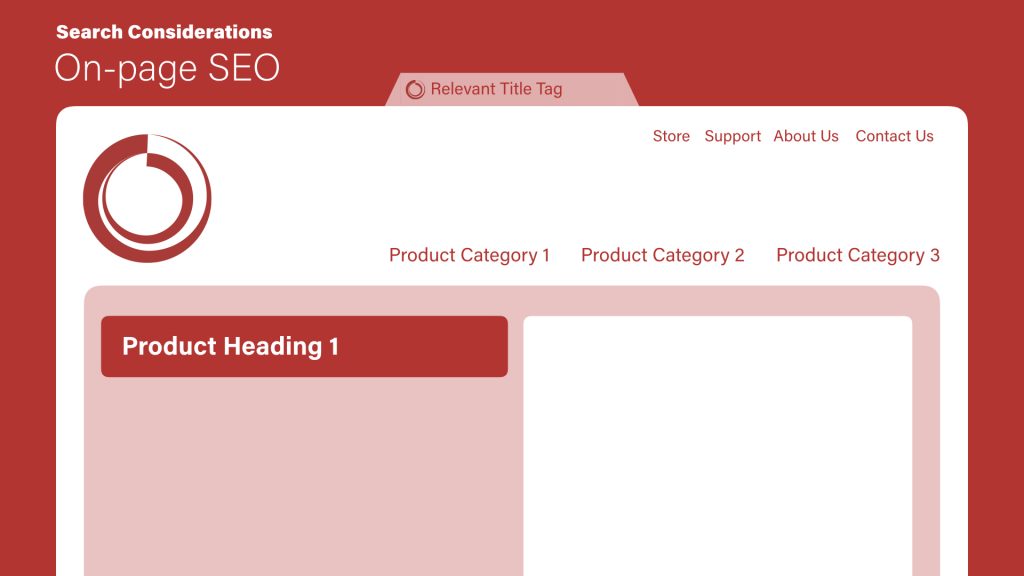
On-page SEO is a fundamental part of digital marketing, and it’s one of the most important factors that is going to impact your overall top of funnel organic traffic. You’ll see a number of different items in this image.
The “Relevant Title Tag” at the very top of the page is the thing that Google uses in the search engine results page (SERP) as the title of that particular page. An optimized title tag contains keywords relevant to the content on the page. It should be the category of products that you make, and then the name and potentially the location, if it’s a dealer or distributor page. For examples of what not to do, an optimized homepage title shouldn’t lead with your brand name, it should not be “Home”, and should not be “Welcome.”
Following that, the product heading or H1 tag on that page is the second most important element from an on-site SEO perspective. It should be relatively consistent with the page’s title tag and use prominent keywords so that when people and search engines scan the page, they know exactly what that page is about. Those category names of products should also be part of your main nav whenever possible. This isn’t always possible, especially with large manufacturers with a diverse array of products, but it is very important to do if you can.
11. Duplicate Content

Duplicate content is an interesting issue because although we often talk about the duplicate content penalty that can be levied by Google, describing it as a penalty isn’t really accurate. What generally happens is that when content is the same across multiple URLs, even if it’s coming from the same company, Google doesn’t necessarily know exactly which one of those pieces of content is the true authority and should be prioritized as a search result.
While you should avoid duplicate content whenever possible, if you must duplicate content across multiple pages, you can use something called canonical tags in the code of that page that says, “Although this page uses content that is duplicated from another area of the site, the most important version and the de facto version of this content exists at this URL.”
Having content across multiple domains doesn’t necessarily mean that Google will penalize you, but it can create serious user confusion, so it’s something to consider—especially as you’re conducting a content architecture exercise when you’re amalgamating multiple sites. If you run multiple country sites or multiple language sites, you can have, for example, an English version of the site that is UK English, an American English version and then a Canadian English version, and they all use the same content, but Google doesn’t know which one is the most important and why.
12. What To Look For In Analytics

As you’re moving through and trying to understand what’s actually going on in Google Analytics or other types of analytics platforms that you might be using, one of the things that you want to be looking for, especially as you’re evaluating how to merge and consolidate multiple sites, is what are the pages that Google considers landing pages—in other words, an entry page that people have used to find your site.
This is essential to ensure that as you begin to migrate and move a site into a new platform, that you maintain any URLs for landing pages that are particularly important, especially to search. If you do need to change them, use a 301 redirect to put them in the appropriate place. You can view this by country so that you have a sense of how people are finding you internationally. For example, what’s important to the people searching for you in China versus what’s important for the people searching for you in Belgium or the US? Optimizing your site for these different cases will help you get the most value out of the content that you’re creating.
You should also be looking at the percentage of viewers that you have coming into your site from mobile, how long people are actually spending on those pages once they arrive, which pieces of content are most important, and which pieces of content aren’t getting viewed. It will give you the ability to make changes to the site that will be based on how users are currently using it now and how you can improve it going forward.
13. Merging Multiple Websites
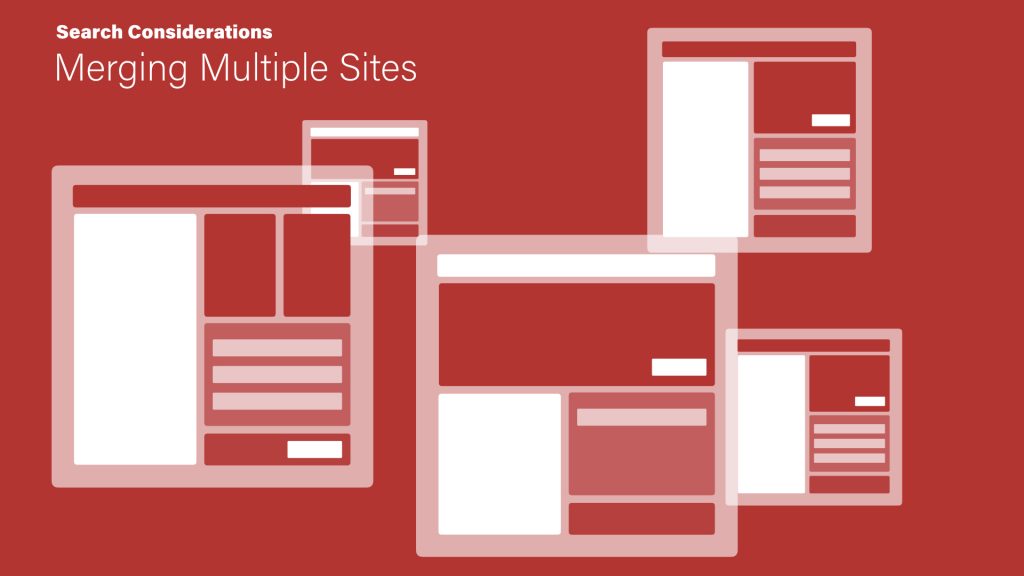
Merging multiple websites into one is a complex task that needs to be tackled thoughtfully and with the fundamentals of website redesign SEO in mind. As you merge multiple websites into one, it becomes extremely important to know what the core landing pages are across the different sites. You’re going to want to look at how pages perform in different languages. You’re going to want to have a good understanding of the overall architecture of the site so that you can develop a navigation that is user-friendly and contributes to a positive user experience by the people who are on your site.
You should build a content audit, which is a spreadsheet that shows you exactly what content you’re going to be pulling from which area and how you’re going to display it. You’ll also need to create 301 redirects to map your old site content to the new site as much as possible. Finally, you need to monitor your analytics going forward so that you can gain an understanding of exactly how successful those changes might have been.
Manufacturer Ecommerce
14. International Ecommerce
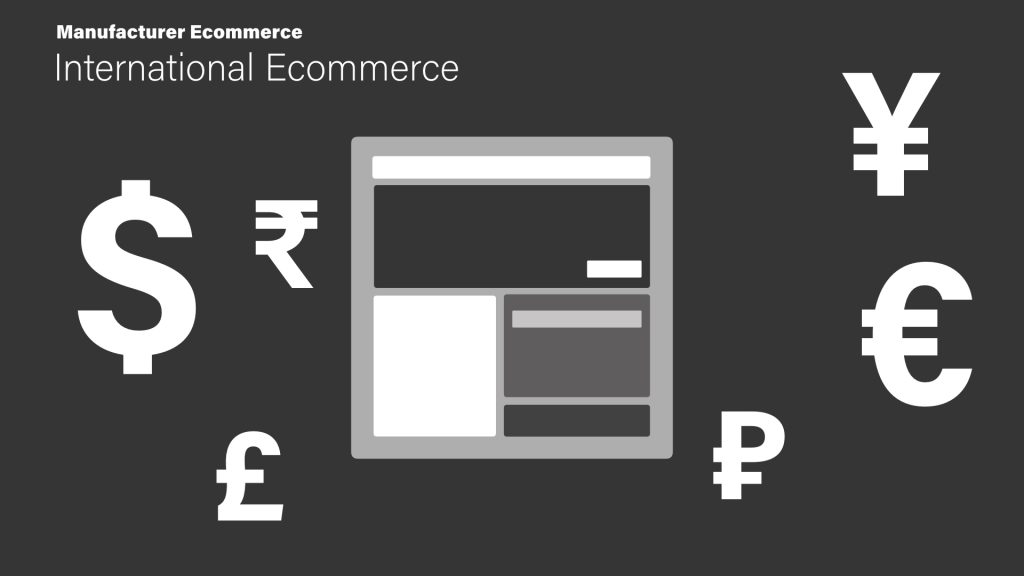
Many manufacturers have ecommerce platforms that may only be available in one country or another. For example, they might have an ecommerce platform that works in the US, but it doesn’t exist in China. This is important because ecommerce pages and the product category pages are often some of the most important long tail search words that people are using to find you.
Users may be searching for a SKU number, a model number, or a particular product name. When they find it, oftentimes those ecommerce pages are the single most important landing pages that people are using to find the content on your site. It can be frustrating when they arrive there if they see an add-to-cart button and they try to go through the process only to find out that the store isn’t available where they are.
If you’re building this kind of site, ensure that there are notes somewhere on the site or you’re using code to geolocate somebody and geotag them so that they’re not seeing features they can’t use. That will help to decrease frustration and also gives you an opportunity to utilize other types of calls to action, such as contact a salesperson, or get a quote, or download a top-of-funnel guide to that particular product.
The other thing that’s very important is if you do have international ecommerce, that you’re appropriately calculating shipping, taxes, and other costs to ensure that you’re properly dealing with all the important things to the users that are trying to make purchases on your site.
15. Optimizing the Checkout Process

As you’re optimizing that checkout process, you want to ensure that you’re making it as simple as possible by reducing the number of steps wherever you can. The simpler and easier to use your process is, the more purchases your customers will actually make online.
16. Nurturing
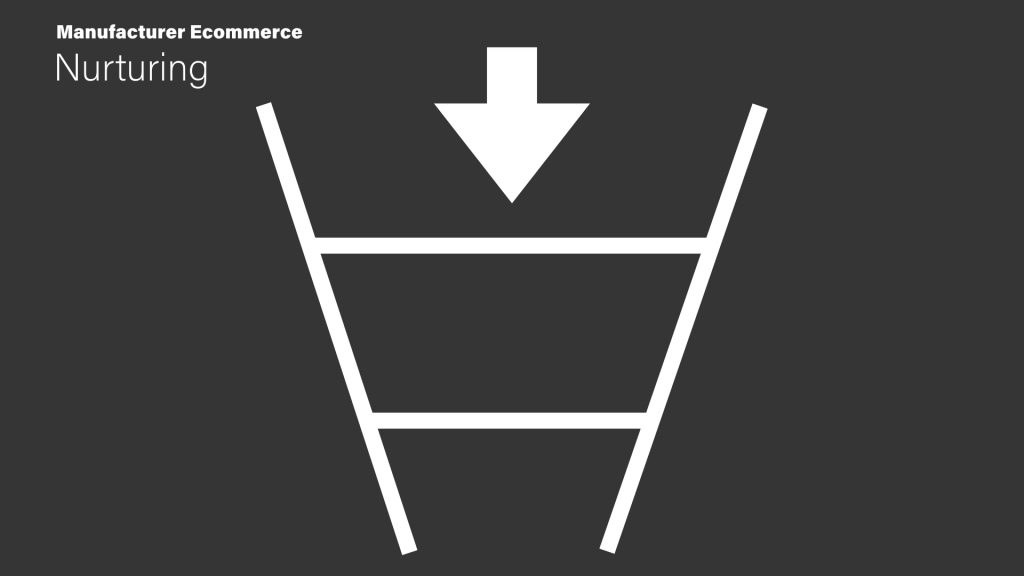
Make sure that you’re capturing customers’ email addresses early on in the online purchase process so that if something goes wrong or they abandon their purchase, you can use automated email nurturing and other forms of communication to try and nurture them through to a close. Maybe they just ran into a problem. Maybe something wouldn’t load. There’s a lot that can be said for giving them a second opportunity to actually complete their transaction and their purchase.
17. Considerations for China
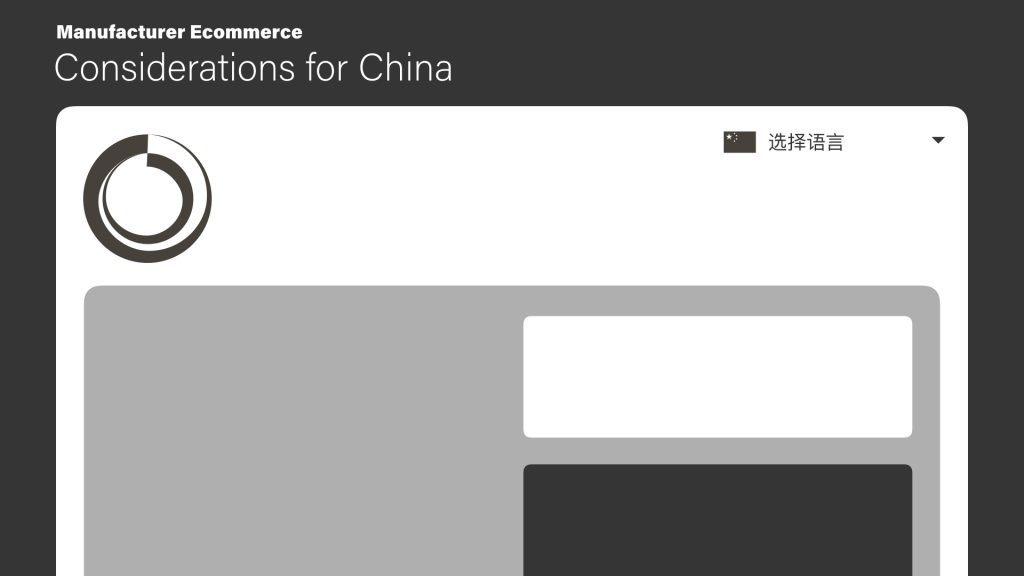
When you’re talking about ecommerce in China, there’s a number of different rules that need to be followed. You need to have an ICP number in order to even have a site that is in China. If you’re going to be doing ecommerce, the server itself needs to be hosted in China. You can’t simply have a CDN that redirects from an American server into China.This can be cumbersome and a bit difficult, but there are partners in China you can work with to help stand up the site and server.
This is also very important from a findability and usability perspective, because there is a firewall that keeps out a lot of information and can render international sites extremely slow if they are not actually hosted in China itself. If China is an important target market for you, anything you can do to optimize that experience is going to improve your ecommerce operation there.
Technology Stack
18. Server Location and International Domains
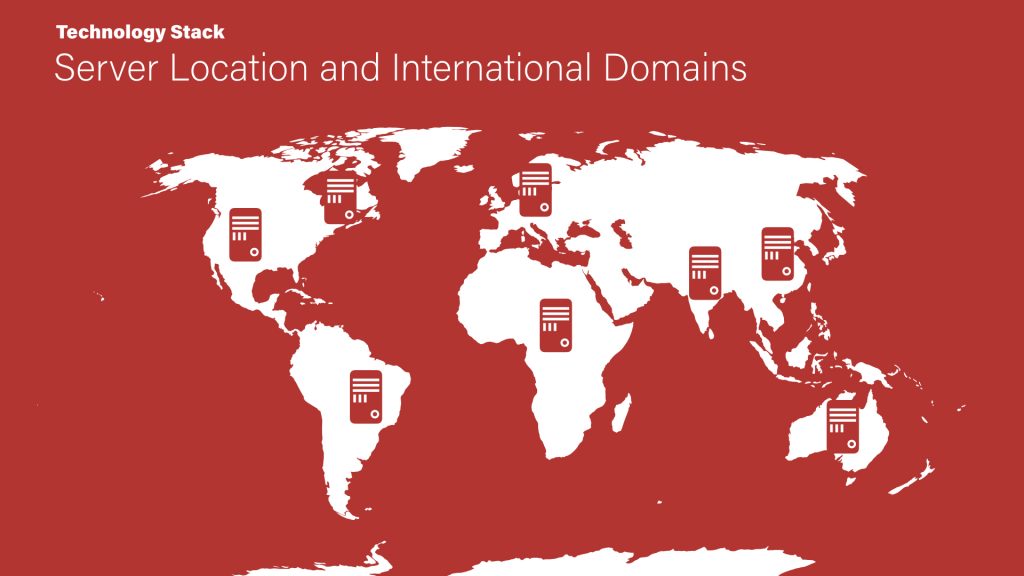
In terms of technology stack and international domains, we talked a little bit earlier about the importance of redirection and use of translation and alternate languages across a number of different sites. You’re going to want to take those international domains and generally redirect them to your core main site and to a subsection or sublanguage of that site.
You can use geolocation to do this in order to make changes to the content as people are arriving at the sites so that they’re going into the most appropriate area. You can also add a pop up to allow people to choose the language that is most important to them as they enter. Making it simple for visitors to access site content that’s available in their preferred language is essential.
19. Content Management Systems
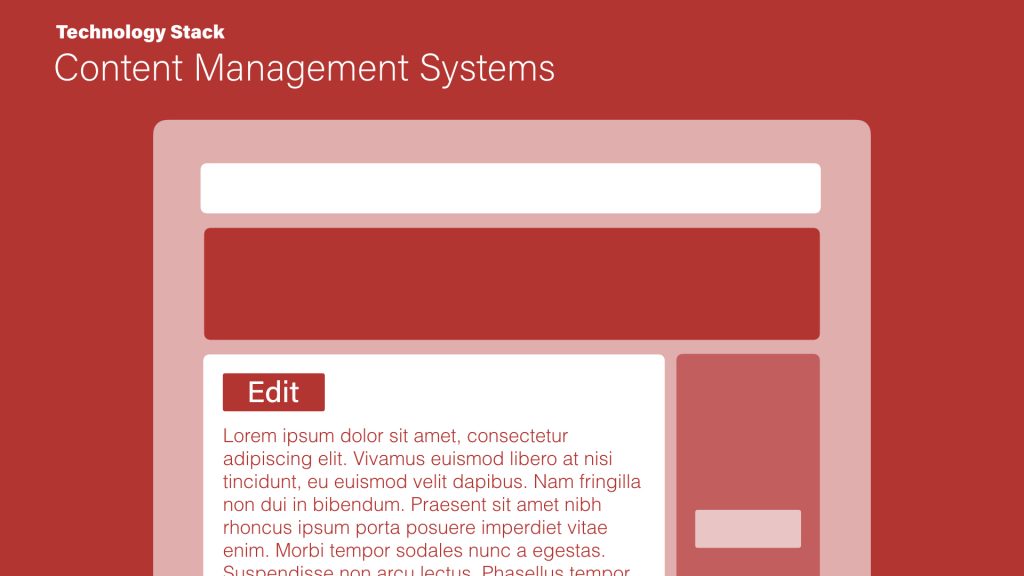
Selecting a content management system (CMS) used to be incredibly cumbersome. Many large international manufacturers use enterprise-level ecommerce systems or content management systems. The trouble with these platforms is that they tend to be very difficult to use and not particularly interoperable with ERP systems, outside ecommerce platforms, translation engines, and other things like that.
So, it’s important to know that even though WordPress began as a blogging platform, it is very capable and extensible in terms of creating an enterprise-level content management system. And because it powers such a significant part of the web, it is frequently updated to help ensure that sites using the platform remain secure. In this day and age, it’s not essential to use an enterprise-level content management system, even if you are an enterprise-level company.
20. Marketing Automation
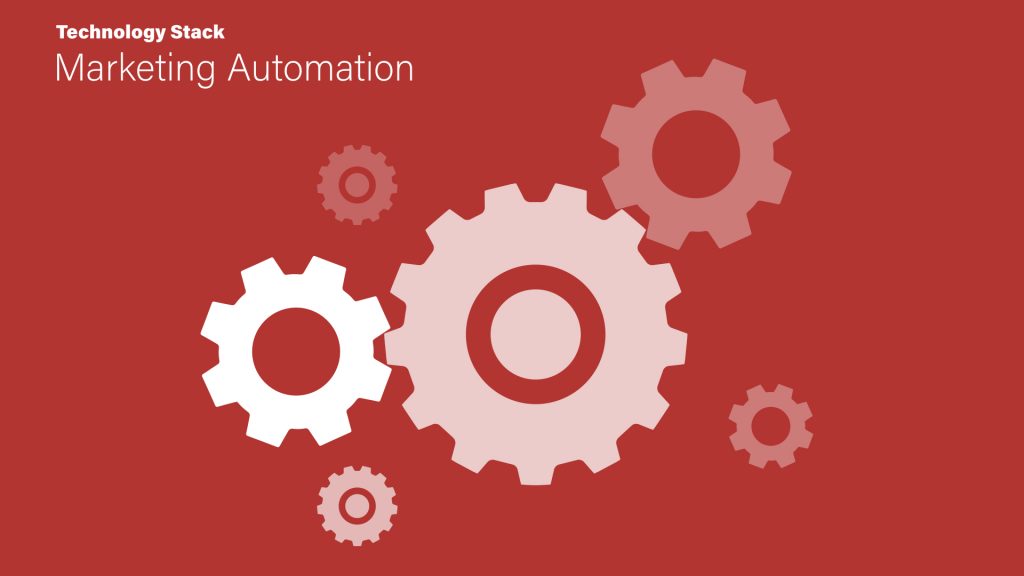
Marketing automation platforms are absolutely table stakes in this day and age in terms of having a platform that allows you to effectively convert and nurture your prospects and leads into customers. It also allows you to scale a smaller marketing team to work as if it’s larger. If you have workflows and nurturing funnels setup, this can allow your team to scale itself beyond small numbers and become a much more powerful and useful part of your sales process.
21. Integrations
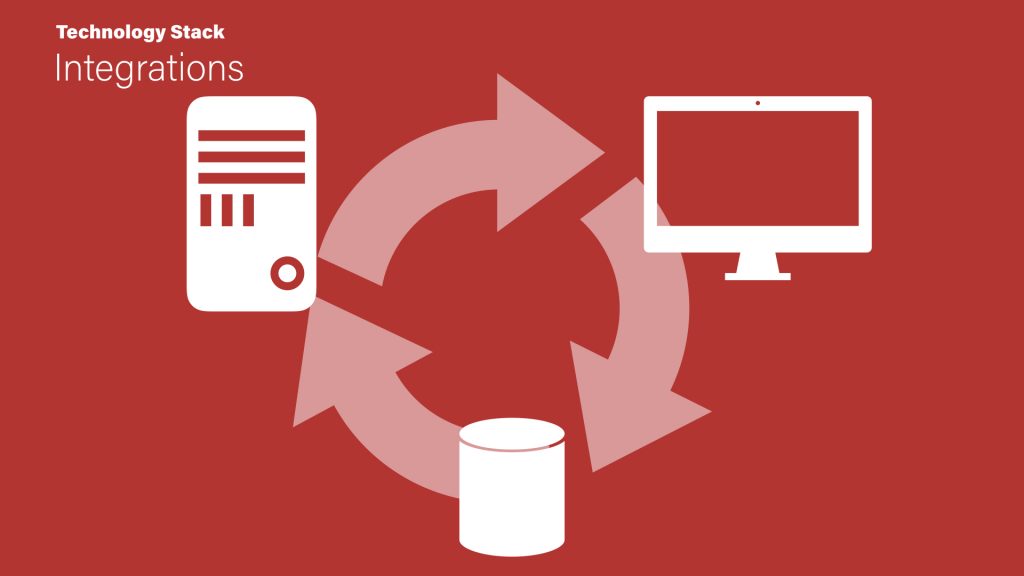
Of course, integrations between you and your channel partners and between different components of your site are incredibly important, especially within a manufacturing space. We’re constantly working with manufacturers to integrate CRMs, ERP systems, point of sale in some cases, and other types of integration. Any system that you’re choosing from an ERP perspective or from a CRM perspective should be web-based, a SAAS product, if possible, with available application program interfaces (APIs) so that it can be easily connected from one platform to another.
The goal should be that when a lead converts on the site, they’re sent to your marketing automation platform and to your CRM. Or, in the case of ecommerce websites when users actually convert and make a purchase, that data should be sent from your ecommerce system to your marketing automation platform and ERP system.
Key Takeaways for Creating High-Performing International Manufacturing Websites
- Make your navigation as action-oriented as possible for your key buyer personas and ensure that content is relevant and search-friendly.
- If you’re serving non-English-speaking countries, get serious about providing content in their native language.
- When you’re merging multiple web properties, use a content audit and appropriate redirection to maintain your search traffic.
- To ensure the interoperability of your tech stack, choose platforms with strong APIs.
